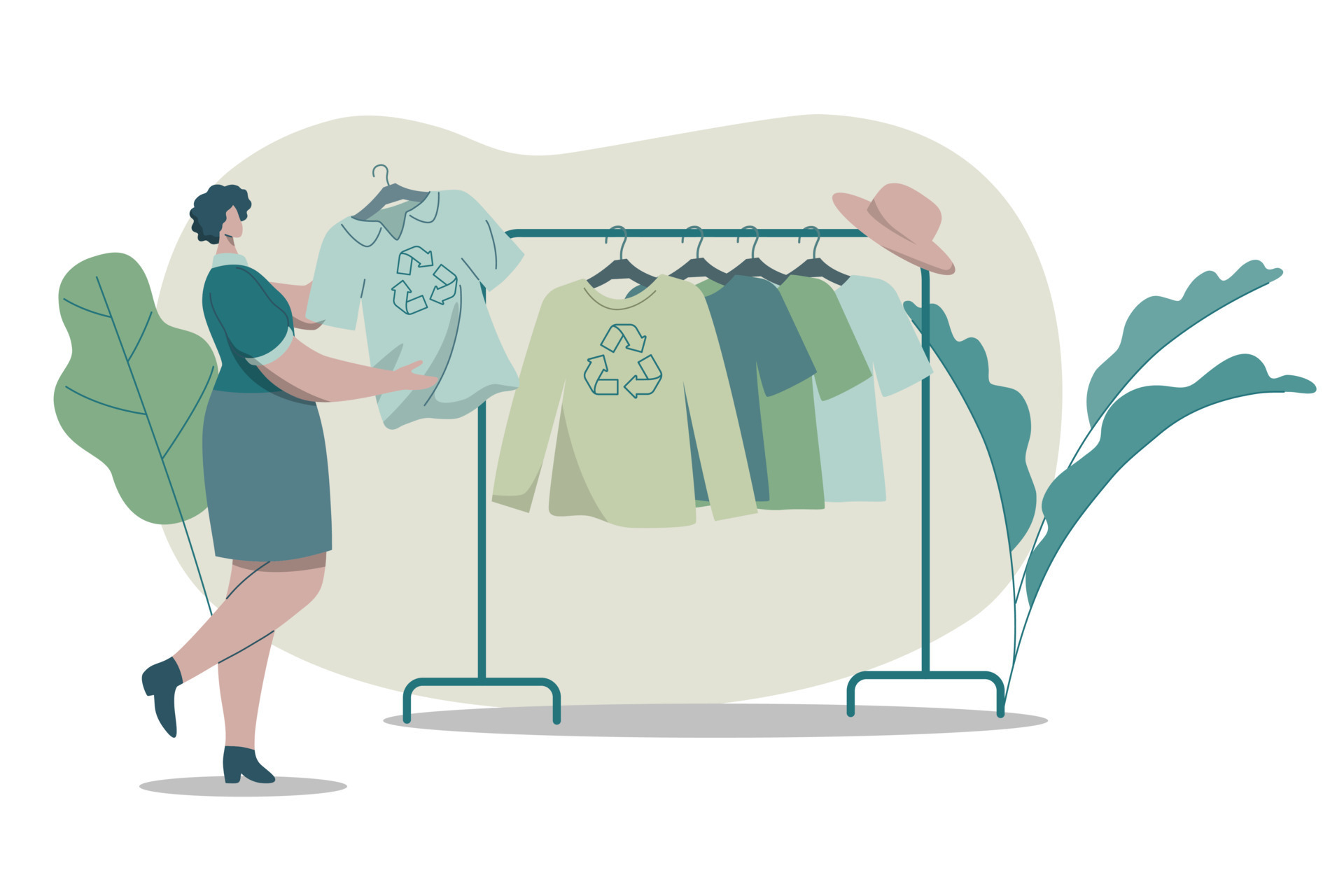The Impact of Sustainability in Corporate Gifting

Introduction
Sustainability has become Corporate Gifting a driving force in the fashion industry, prompting a shift towards eco-friendly practices and conscious consumerism. In the realm of e-commerce, where fashion choices are just a click away, the impact of sustainability is significant. This blog explores the green revolution in fashion e-commerce, delving into the influence of sustainable practices on consumer behavior, industry trends, and strategies for businesses looking to make a positive environmental impact.
1. Corporate Gifting: The Rise of Conscious Consumerism
Environmental Awareness: Consumer Expectations: Moreover, modern consumers are increasingly prioritizing sustainable and ethical practices. Impact of Fast Fashion: Consequently, awareness of the environmental consequences of fast fashion is driving change. Strategies for Conscious Consumerism: In addition, transparent Supply Chains provide visibility into the sourcing and production processes. Furthermore, Educational Campaigns engage customers with educational content on sustainable practices.
2. Corporate Gifting: Eco-Friendly Materials and Manufacturing
Additionally, Corporate Gifting when considering sustainable fabric choices, it is important to utilize materials with lower environmental impact. Furthermore, exploring innovative alternatives such as recycled polyester and bio-based fabrics can also contribute to a more eco-friendly approach. In terms of eco-friendly manufacturing, it is crucial to seek and promote products with recognized sustainability certifications. Collaborating with sustainable suppliers who are committed to eco-friendly practices can also play a significant role in reducing environmental impact.
3. Corporate Gifting: Circular Fashion and Recycling Initiatives
Additionally, Corporate Gifting closing the loop, it's important to consider take-back programs. For example, implement programs allowing customers to return old clothing for recycling. Furthermore, consider upcycling initiatives. This could involve exploring creative ways to repurpose and upcycle used garments. To further promote circular fashion, educational initiatives are essential. For instance, inform customers about the importance of recycling and upcycling. Lastly, collaboration with NGOs can also be beneficial. Partnering with non-profits focused on circular economy initiatives can help to amplify the impact of these efforts.
4. Corporate Gifting: Carbon Neutrality and Sustainable Packaging
Green Packaging Solutions:
-
Biodegradable and Recyclable Packaging: Choose materials that minimize environmental impact.
-
Reducing Packaging Waste: Embrace minimalist packaging designs.
Strategies for Sustainable Packaging:
-
Carbon Offset Programs: Offset carbon emissions from packaging through eco-friendly initiatives.
-
Clear Recycling Instructions: Provide clear guidelines on how customers can recycle packaging.
5. Corporate Gifting: Slow Fashion and Ethical Practices
Quality Over Quantity:
-
Longevity of Products: Emphasize durability and timeless designs.
-
Fair Labor Practices: Ensure ethical treatment of workers throughout the supply chain.
Strategies for Slow Fashion:
-
Limited Edition Releases: Introduce limited-edition collections to discourage mass consumption.
-
Transparent Pricing Models: Communicate the true cost of products, including fair wages and ethical practices.
6. Educational Content and Customer Engagement
Sustainability Awareness:
-
Blogs and Guides: Create content educating customers on sustainable fashion choices.
-
Interactive Content: Engage customers with quizzes, polls, and interactive campaigns.
Strategies for Education:
-
Collaborate with Sustainable Influencers: Partner with influencers who advocate for eco-friendly lifestyles.
-
Incorporate Sustainability in Marketing Campaigns: Feature sustainability as a key element in marketing strategies.
7. Technology and Innovation for Sustainable Practices
AI and Supply Chain Efficiency:
-
Predictive Analytics: Use AI to optimize inventory and reduce overproduction.
-
Virtual Prototyping: Minimize the need for physical samples through virtual technologies.
Strategies for Technology Integration:
-
Invest in Sustainable Tech Solutions: Explore tech innovations focused on reducing environmental impact.
-
Blockchain for Transparency: Utilize blockchain for transparent and traceable supply chains.
8. Measuring and Communicating Impact
Sustainability Metrics:
-
Carbon Footprint Measurement: Assess and communicate the carbon footprint of products.
-
Water and Energy Consumption Data: Provide data on water and energy use in production.
Strategies for Impact Communication:
-
Regular Reporting: Share sustainability reports with customers to showcase progress.
-
Engage Customers in Sustainability Goals: Involve customers in eco-friendly initiatives and goals.
Conclusion

The green revolution in fashion e-commerce is more than just a trend; it's a fundamental shift towards a more sustainable and responsible industry. Businesses that embrace eco-friendly practices, prioritize transparency, and actively engage in the green conversation will not only meet the demands of conscious consumers but also contribute to a healthier planet. As the fashion industry continues to evolve, the integration of sustainability will play a pivotal role in shaping its future. Stay tuned for more insights into e-commerce trends and business best practices in our upcoming blogs.

